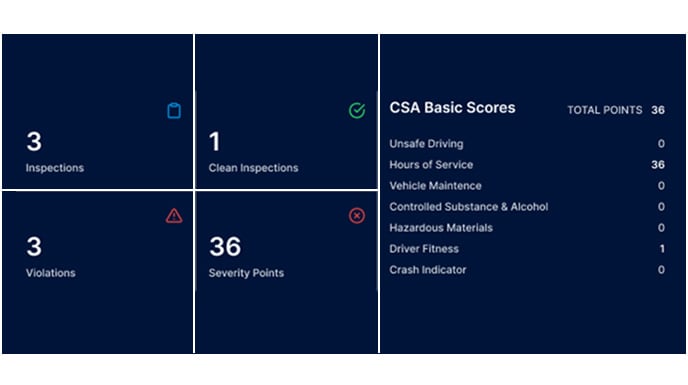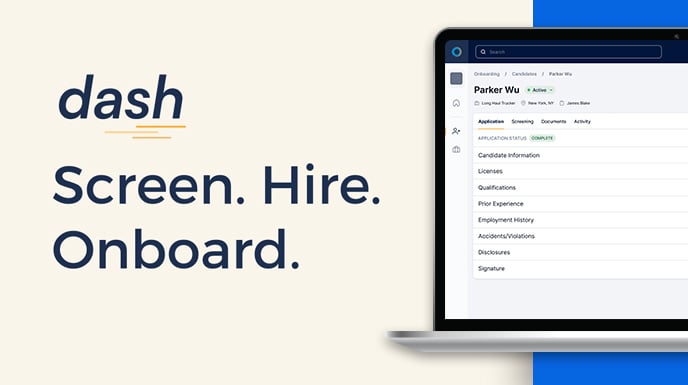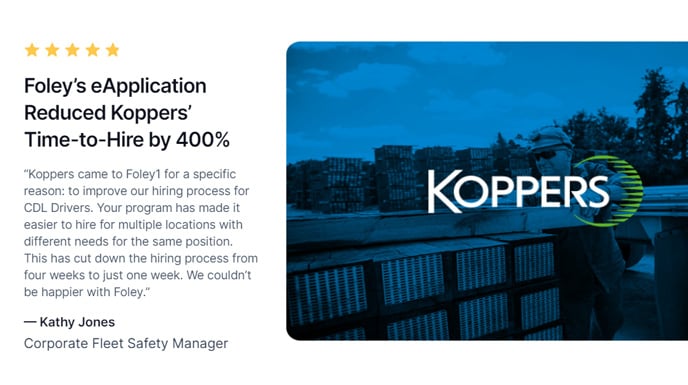FMCSA to Allow Log Book Apps For First Time

The Federal Motor Carrier Safety Administration has revised official guidance concerning log book software such as smartphone apps. For the first time, carriers will be able to use these apps in place of a log book as long as they can electronically sign their record of duty status.
The Federal Motor Carrier Safety Administration has taken a big step towards reducing the amount of paper that drivers must cart around by changing its opinion on electronic log book tools.
These tools, which differ extensively from Electronic On Board recorder and Electronic Logging Devices are best typified by the numerous log book apps available for smartphones and tablets.
Guidance
By issuing new guidance, FMCSA has moved to remove this confusion. Published in the Federal Register this week, the guidance is not in the form of a formal regulation but instead gives a general overview of how enforcement officials should view electronic logs.
The app or program must allow for electronic signing. Naturally, this is easier on a smartphone or tablet than on a laptop as they have touch screens. If electronic signing is not possible, the driver must print the log and sign it by hand. Law enforcement has been directed to give drivers an opportunity to do this when inspecting an unsigned electronic log.
The app or program must store log pages so that a law enforcement officer can see at least seven days of records. Alternatively, the driver must be able to print seven days’ worth of information upon request of law enforcement.
Apps verses ELDs
It is worth reiterating that these apps differ a great deal from Electronic Logging Devices (ELDS) and Electronic On Board Recorders (EOBRs). Importantly, a log book app does not automatically record information. These apps are literally a replacement for the paper log book in that they are a graph-grid that the driver uses to track their hours. They do not connect to the engine diagnostic port or a GPS system.
Apps of this nature have been available for several years. Up until now, they have been considered technically non-compliant. Drivers that used them were at the discretion of roadside inspectors and police as to whether the log would be accepted. (We’ve heard mixed results over the years).
Handwriting Rule
This essentially removes a rule that had been blocking the more widespread adoption of electronic logging software that required the logs be in the driver’s own handwriting. That rule, written with the intention of preventing log book fraud.
The rule also aims to harmonize guidance issued in 2011 that allowed electronic storage and signature of other records but specifically did not include hours of service logs. The now out-of-date guidance found in 49 CFR Part 395.8 will be removed from the regulations.
Stopgap Measure
It is safe to look at these guidance changes as a stopgap measure to encourage electronic log usage until the ELD regulations proposed earlier this year come into play.
Given that FMCSA is proposing that everyone use an electronic device within the next couple of years, it was a bizarre oddity that the Agency would effectively ban the use of other electronic logs in the meantime.
One of the emerging technologies that many are predicting will take over once the ELD rules are finalized is the paired smartphone and ELD. In those cases, the ELD will be hardwired to the vehicle and will transmit data to a mobile device.
Carriers should expect the ELD regulations to take several year to get through all of the rulemaking and implementation hurdles. We recommend waiting until the rules are finalized before investing in any expensive new vehicle equipment.
Related Articles
3 Reasons to File Your MCS-150 Update
What’s the Hold Up? FMCSA’s Audit of Load & Unload Times
FMCSA Issues Warning On Fraudulent Licenses
.png)


